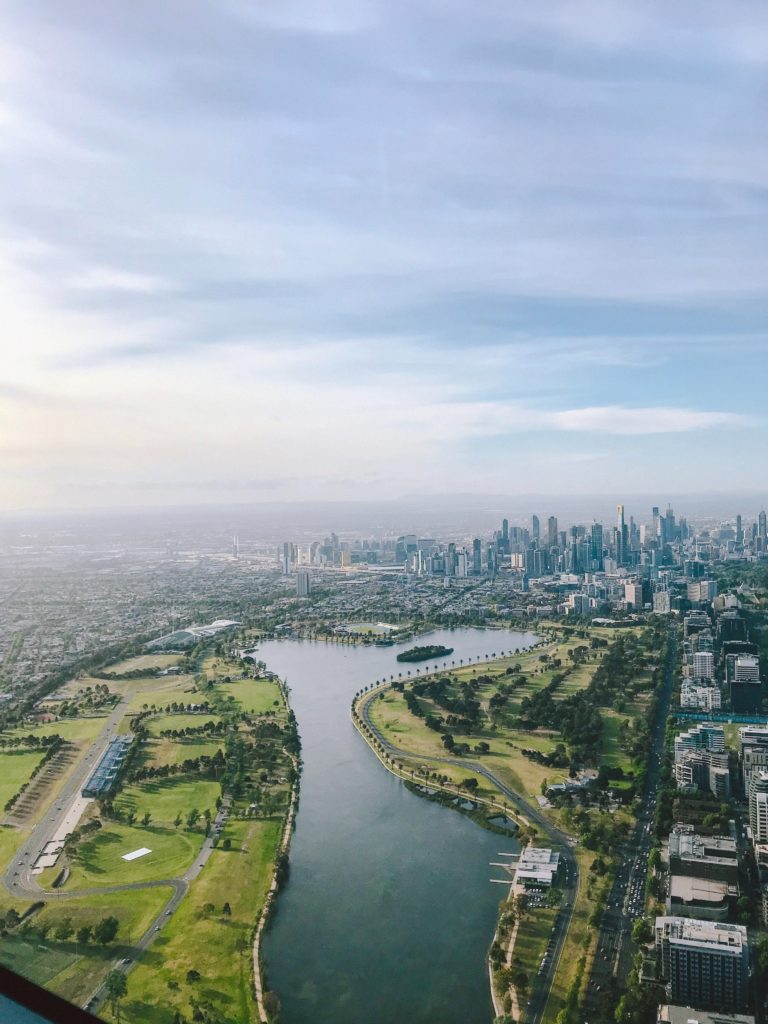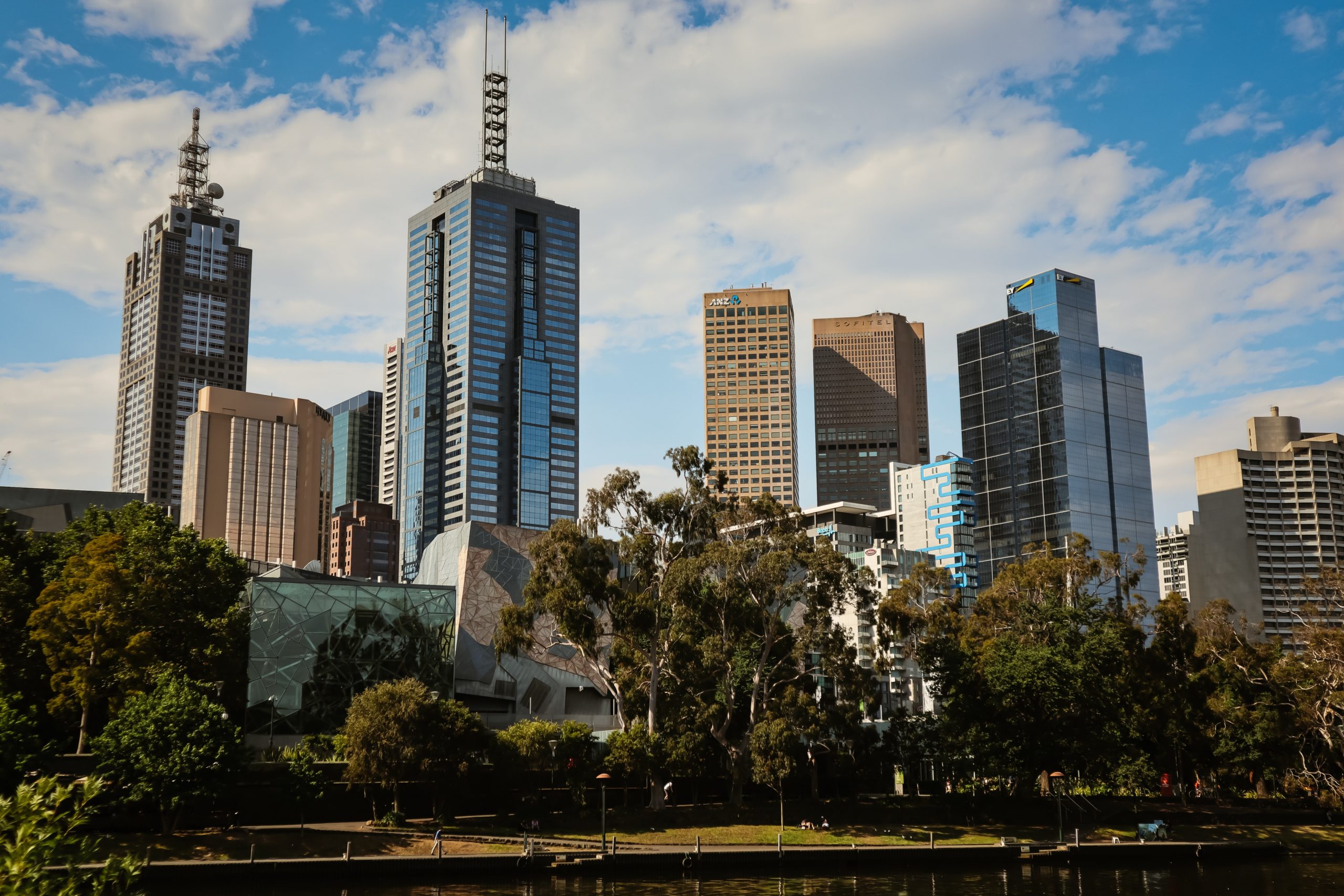The Victorian housing market has rebounded sharply. The projected end of the COVID-19 pandemic boosted sentiment in VIC, and the market is projected to deliver 8 – 12 per cent capital growth over the next 12 months, while demand for units is soft, according to the latest quarterly Risks & Opportunities Report from Riskwise Property Research.

Houses in Greater Melbourne and the regional areas with access to the capital city enjoy very strong demand, driven by ultra-low interest rates and very strong buyer sentiment, according to Riskwise.
Pete Wargent, co-founder of property buying services company BuyersBuyers.com.au confirmed that buyer sentiment has turned around very rapidly. “We’re seeing plenty of buyers who put their searches on hold in 2020 suddenly rushing back to buy. Stock levels are very low and auction markets in particularly are very competitive.”
Doron Peleg, CEO of Riskwise Property Research said that the recovery was broadly in with what had been projected by the research house late last year. “Historically there has been a strong correlation between movements in interest rates, investor activity, and property price growth, and as we forecast last year, the correlation will reassert itself this year leading to strong price growth in Melbourne, and some of the regional Victoriam markets, especially for family-suitable properties” Mr Peleg said.
Mr Wargent of BuyersBuyers.com.au said that prospective buyers in 2021 need to be well organised, well-research, and act decisively. “Melbourne has had its issues with lockdowns and snap lockdowns, so the market has been somewhat disrupted, and some auctions have had to be held on Zoom or online” Mr Wargent said.

“But while there’s ostensibly a reasonable number of listings in Melbourne, competition for family-suitable homes in desirable areas is still running at a high level, and price growth is very likely. Rental apartments in the CBD or Docklands, on the other hand, are an entirely different proposition”.
“Vacancy rates in the CBD have peaked and are now falling, but asking rents have fallen by a third already, and there’s probably more pain to come here” added Mr Wargent.

Riskwise Risks & Opportunities report summary
The Westpac-Melbourne Institute Index in relation to House Price Expectations has surged sharply in the past four months by almost 32 per cent. House price expectations are already being reflected in auction clearance rates figures, with preliminary auction clearance rates in the last week of January 2021 showed results of 83 per cent in Melbourne. It should be noted, however, that a clear distinction should be made between houses and units. The average preliminary clearance rates for houses during the last week of January 2021 were 84 per cent, while for units only 78 per cent.
In addition to being a preferred dwelling option by owner-occupiers, houses are also perceived as a preferred a preferred investment alternative and generally carry materially lower level of risk than rental apartments. Consequently, the demand for houses is strong by both cohorts of owner occupiers and investors.
Clearance rates in Melbourne are highly likely to remain high at a similar or a higher rate than the pre-pandemic levels.
It should be noted that Regional VIC enjoys strong demand and delivered capital growth of 4.8 per cent over the past 3 months, substantially higher than Greater Melbourne with 2.1 per cent across the same period.

Houses
With only a low availability of stock of quality assets in popular areas across VIC, double-digit growth is likely for houses in Melbourne and in the popular regional areas over the next 12 months, with housing prices highly likely to break record highs.
Due to lower-than-expected population growth, some greenfield areas carry a higher level of risk in the short term due to high supply. A prime example of this is Melbourne – West with an addition of 18,829 houses expected over the next 24 months, being an uplift of 8.8 per cent of the established dwelling stock. However, while the short-term risk is elevated, over the medium to long term no dramatic price reductions are expected and houses still present a lower level of risk than that associated with high-rise units.

Units
As with Sydney, a clear distinction should be made between family-suitable apartments and units in popular areas with limited supply of units, to areas with a high supply of rental properties.
Family-suitable apartments that are an affordable alternative to houses in the highly sought-after areas of Melbourne, such as the Inner East and the Inner South, are likely to enjoy good demand from homebuyers and solid price increases.
However, rental units in high supply areas, present a higher level of risk. Irrespective of COVID-19, many areas with oversupply have been labelled ‘danger zones’ and have low sales volumes. Examples include Melbourne – West with 4,267 units in the pipeline (8.4 per cent increase to the current stock), Melbourne – Inner East with 4,523 units in the pipeline (7.2 per cent increase to the current stock) and Melbourne – Inner with 11,579 units in the pipeline (4.7 per cent increase to the current stock). For these areas, the unit market will become less attractive than houses.
While buyer sentiment has improved substantially, the realisation of risks associated with high supply areas including price movements, constructions defects, and now high vacancy rates, make these properties, that are generally bought by investors, a higher-risk endeavour.

In recent years Melbourne has been the top destination for migrants, while interstate migration has also seen a net inflow to the state of Victoria. Internal migration swung away from Victoria due to the state’s lockdown policies, while the uncertainty surrounding external migration substantially increases the risk in the rental apartment segment, particularly in high-supply areas. The risks associated with these areas is likely to be mitigated over time with increased population.
Vacancy rates have noticeably increased in some areas, such as in inner-Melbourne, increasing the serviceability risk, particularly for highly leveraged investors relying on rental income and taxation planning to service their mortgage payments. The following SA4 areas have experienced large drops in rent: Melbourne – Inner, Melbourne – Inner East and Mornington Peninsula. Mortgage arrears in these high-supply areas should be closely monitored.
Cover Image Credit: FH Kreativ


